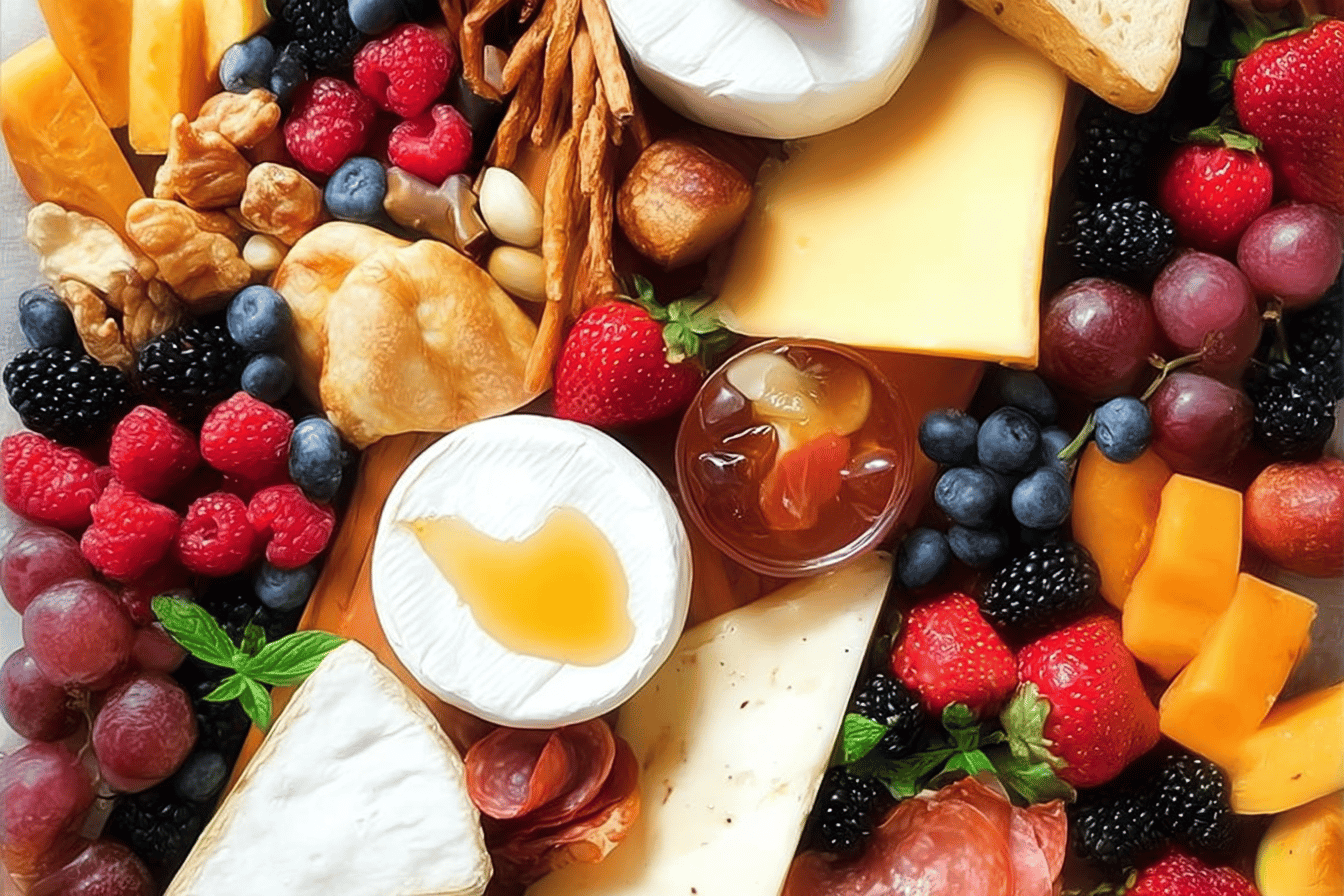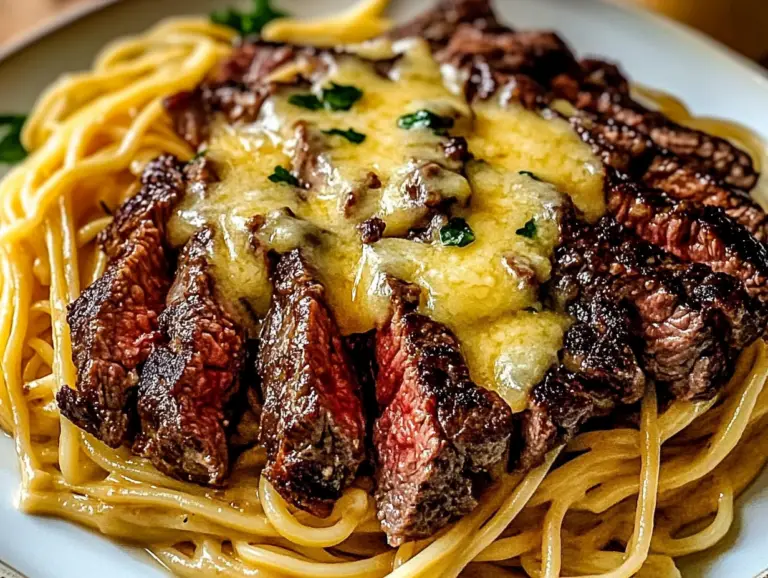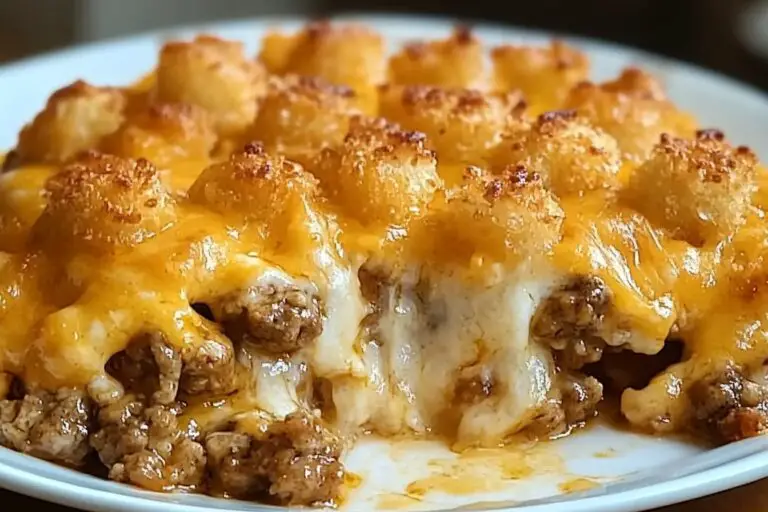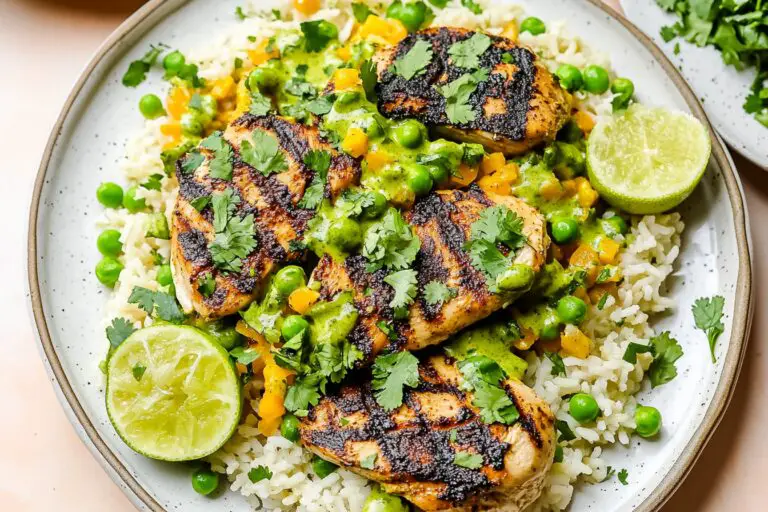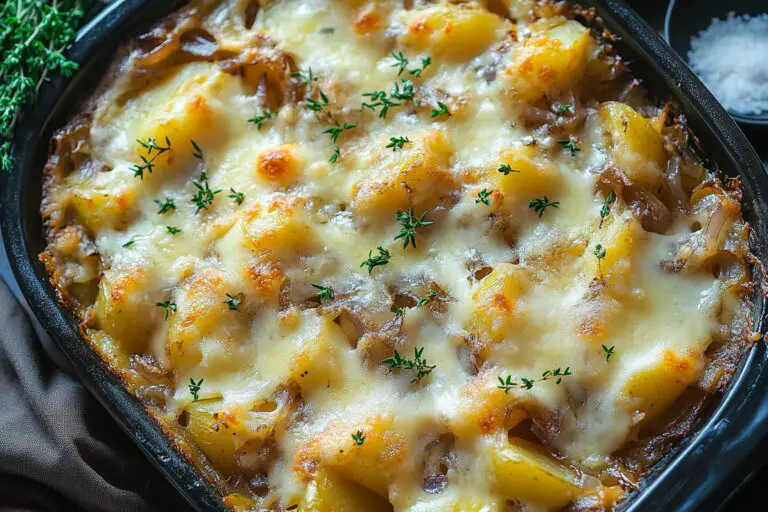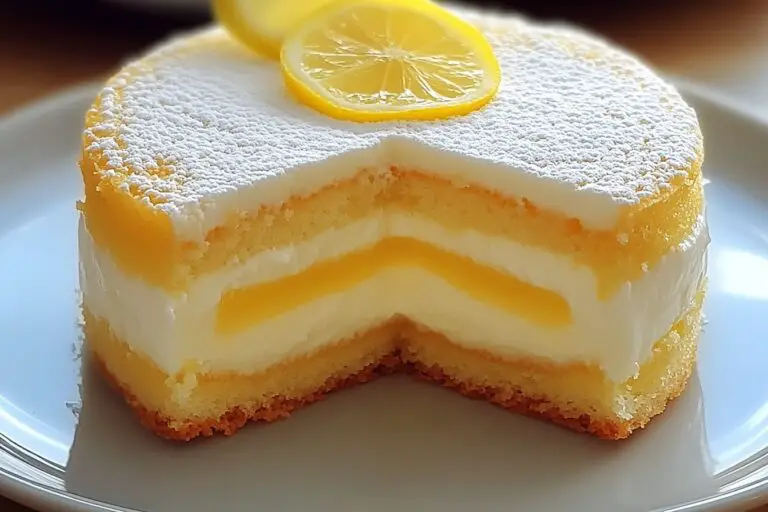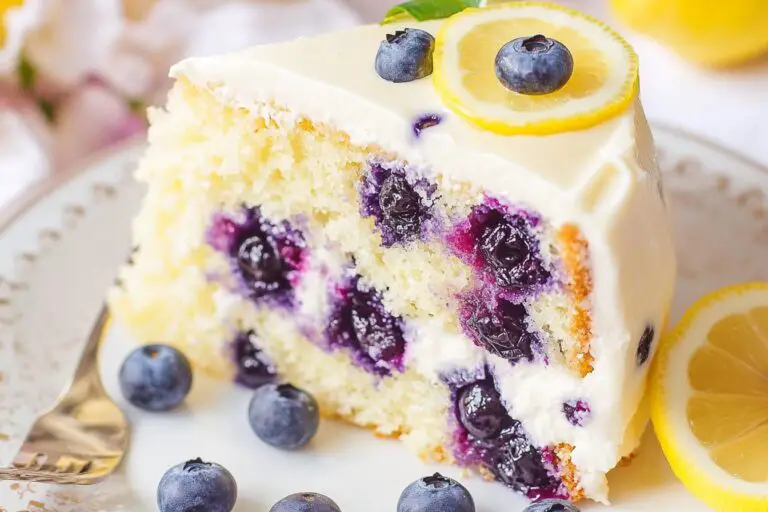Stunning Breakfast Charcuterie Board
Introduction
20 Stunning Charcuterie Board Ideas for Every Occasion
Charcuterie boards have become a beloved staple for gatherings, parties, and even cozy nights in. They offer a beautiful presentation, effortless customization, and an endless array of flavors to delight anyone’s taste buds. Whether you’re hosting a casual get-together, celebrating a holiday, or simply indulging in a well-crafted platter, charcuterie boards are versatile enough to fit any occasion. This article highlights 20 stunning ideas curated to inspire you, sparking your creativity while assembling the perfect board.
Detailed Ingredients with Measures
-Crafting Your Perfect Charcuterie Board
When it comes to creating the ultimate charcuterie board, the ingredients you choose truly make all the difference. From cheeses to cured meats and colorful extras, it’s all about balance. Here’s a list of potential ingredients to consider for your board:
Cheese
– Brie
– Gouda
– Aged cheddar
– Blue cheese crumbles
– Goat cheese logs
Cured Meats
– Salami slices
– Thin prosciutto
– Soppressata
– Capicola
Crunchy Elements
– Pretzels
– Breadsticks
– Crostini
– Artisan crackers
Fruits & Veggies
– Sliced apples
– Fresh berries
– Grapes
– Cherry tomatoes
Spreads & Dips
– Hummus
– Fig jam
– Honey
– Dijon mustard
Finishing Touches
– Olives
– Pickles
– Dark chocolate squares
– Nuts like almonds or cashews
Prep Time
Ensuring Everything is Ready
Preparing a stunning charcuterie board takes careful planning, but the reward is well worth it. Prep time can range from 10 to 20 minutes, depending on your ingredient selection. Wash and slice fresh produce, lay out meats neatly, and arrange crackers or breads to achieve a balanced yet visually pleasing setup.
Cook Time, Total Time, Yield
Simple Yet Elegant Designs
Charcuterie boards require no actual cooking time, making them an ideal choice for moments when you want to keep things simple. Total assembly time typically falls between 15 and 30 minutes. The yield depends on the size of your board and the number of guests, so it can easily be scaled up or down to suit your needs.
Adding Creativity
With these ideas in mind, you’re ready to customize your board and let it reflect your personal taste. Always remember that the presentation matters, so don’t hesitate to play with colors, layers, and shapes. Whether you go for a classic setup or something completely unique, your charcuterie board will undoubtedly wow your guests.
“`html
Detailed Directions and Instructions
Step 1: Select a Theme or Occasion
Decide on the purpose of your charcuterie board. Whether it’s a holiday, birthday, or casual gathering, the theme will guide your ingredient choices and decoration style.
Step 2: Choose the Right Board or Tray
Pick a large cutting board, serving tray, or slate as a base. Make sure it has enough surface area to hold all your ingredients.
Step 3: Select a Variety of Cheeses
Choose 3-5 types of cheese with different textures and flavors, such as aged, soft, creamy, or firm cheeses. Pre-slice hard and semi-hard cheeses, and leave softer cheeses with small knives for serving.
Step 4: Pick Cured Meats
Include cured meats like prosciutto, salami, or pepperoni. Fold or roll them for a decorative and space-efficient setup.
Step 5: Add Crackers and Bread
Choose a selection of crackers, breadsticks, or sliced baguettes to pair with your cheeses and meats.
Step 6: Incorporate Fresh and Dried Fruits
Add fresh fruits such as berries, grapes, or apple slices for color and sweetness. Include dried options like figs or apricots for variety.
Step 7: Include Nuts and Seeds
Sprinkle almonds, walnuts, pistachios, or sunflower seeds in small sections across the board. Use small bowls if necessary to keep them contained.
Step 8: Sweeten with Spreads
Add jam, honey, or preserves in small bowls. Opt for flavors that complement your cheeses, such as fig jam or honeycomb.
Step 9: Balance with Pickled Items
Use olives, pickles, or artichoke hearts to introduce tangy and salty flavors to contrast with the sweeter elements.
Step 10: Add Fresh Herbs for Garnish
Sprinkle fresh herbs like rosemary or thyme across the board for a natural and aromatic garnish.
Step 11: Arrange Ingredients Thoughtfully
Place cheeses first as focal points, then add meats in curved or circular patterns. Fill the rest of the space with smaller items like nuts, fruits, and spreads. Aim for visual balance and variety.
Step 12: Final Touches
Ensure there’s no empty space on the board. Add utensils like small knives and serving forks for easy access to the ingredients.
Notes
Note 1: Consider Dietary Restrictions
If some of your guests have dietary preferences or restrictions, such as vegetarian, gluten-free, or vegan, include options that cater to their needs.
Note 2: Use Seasonal Ingredients
Incorporate seasonal fruits, spices, or themes to match the time of year and enhance the board’s appeal.
Note 3: Prepare Ingredients Ahead of Time
To save time, slice cheeses, wash fruits, and portion spreads before assembling the board.
Note 4: Keep Food Fresh
Store perishable items like cheeses and fruit in the refrigerator until close to serving time. Avoid ingredients that spoil quickly if the board will sit out for a long time.
Note 5: Creative Presentation
Enhance visuals by using small bowls, decorative boards, or even edible flowers for added elegance.
Note 6: Pair with Drinks
Consider beverages like wine, sparkling water, or cocktails that complement the flavors of your charcuterie board.
Note 7: Adjust Portions
Scale the quantity of ingredients based on the number of guests. A good rule of thumb is about 2-3 ounces of cheese and 2-3 slices of meat per person.
“`
Cook Techniques
Focus on Balance
When assembling a charcuterie board, consider balancing flavors, textures, and colors. Mixing different types of cheeses, meats, and crackers alongside sweet and savory additions ensures a visually appealing and versatile board.
Pre-Slice Ingredients
To make it easy for guests to enjoy your charcuterie board, pre-slice cheeses, meats, and bread. This encourages simple serving and prevents any unnecessary hassle.
Use Seasonal Ingredients
Incorporate fresh, seasonal fruits, vegetables, and herbs for added flavor and a vibrant seasonal touch. This naturally elevates the board for any occasion.
Layering and Spacing
Layer ingredients thoughtfully to avoid overcrowding while also preventing empty gaps. Alternate textures and sizes to make the board appear abundant.
Incorporate Dips and Spreads
Add small bowls of dips, spreads, or honey to provide variety in taste and texture. Include utensils to allow for easy serving.
Choose a Variety of Cheeses
Feature a mix of hard, soft, creamy, and crumbly cheeses to ensure there’s something for everyone. Popular options include brie, cheddar, gouda, and blue cheese.
Include a Sweet Element
Balance the savory items with sweet components like dried fruits, fresh berries, or honeycomb.
Offer Texture Variety
Mix textures by incorporating crunchy nuts, crispy crackers, velvety cheeses, and soft bread to provide a delightful sensory experience.
FAQ
What is a charcuterie board?
A charcuterie board is an assortment of meats, cheeses, fruits, vegetables, nuts, and accompaniments like crackers or bread, often assembled for entertaining or snacking.
How do I choose the right size for a charcuterie board?
Choose the board size based on the number of guests. A small board works for 2–4 people, while larger boards are better for larger gatherings.
What types of meat should be included?
Common meat options include cured selections like salami, prosciutto, soppressata, and chorizo for a variety of flavors.
How can I make my board visually appealing?
Use symmetry, vibrant colors, and a diverse arrangement of food types (such as contrasting textures and shapes) to create visual interest and appeal.
How far in advance can I prepare the charcuterie board?
You can assemble most of the board up to a few hours in advance, but it’s best to add any fresh fruits, vegetables, or items prone to drying out just prior to serving.
Can I include non-traditional items?
Absolutely. Think beyond the usual ingredients by adding unexpected components such as pickled vegetables, chocolates, or flavored spreads.
What tools are needed for serving?
Small utensils like cheese knives, tongs, and spreaders are essential for making it easy for guests to serve themselves.
How do I cater to dietary restrictions?
Include gluten-free crackers, dairy-free cheeses, or plant-based meats for guests with specific dietary needs.
What are some alternatives to crackers or bread?
Substitute crackers with sliced vegetables like cucumber, bell peppers, or jicama for low-carb or gluten-free options.
How do I store leftovers from the board?
Store leftovers in airtight containers and refrigerate ingredients like meat and cheese to maintain freshness for later use.
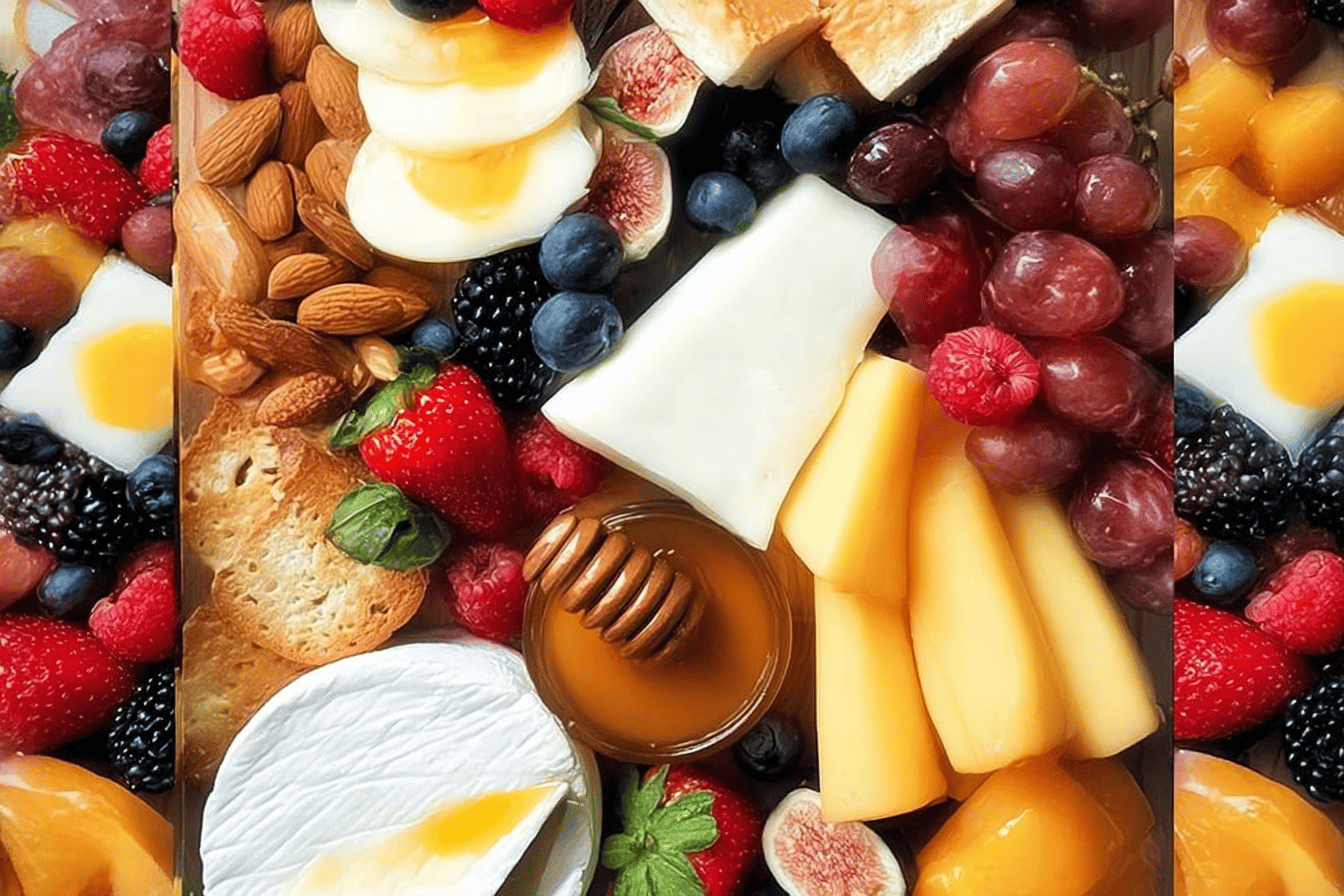
Conclusion
Charcuterie boards are not just a feast for the taste buds but also a treat for the eyes, offering endless combinations and opportunities to experiment with flavors. Whether hosting a party, celebrating a special occasion, or simply indulging in a cozy night at home, charcuterie boards provide both an approachable and elegant way to serve food. Their adaptable nature ensures you can cater to any dietary preference or theme, making them a versatile option for any gathering.
More recipes suggestions and combination
Breakfast Charcuterie Board
Elevate your morning meal by including selections like fresh fruits, pastries, bagels, jams, and an assortment of cream cheeses. Include some boiled eggs and bacon for a savory twist.
Dessert Charcuterie Board
Sweeten the occasion with a board filled with chocolate truffles, cookies, gourmet marshmallows, fresh berries, and a variety of dipping sauces such as caramel or Nutella.
Vegetarian Charcuterie Board
Create a meat-free option packed with fresh vegetables, hummus, marinated olives, stuffed grape leaves, and artisanal cheeses.
Italian-Themed Charcuterie Board
Feature Italian-inspired ingredients like prosciutto, salami, parmesan, mozzarella, marinated artichokes, bruschetta, and breadsticks.
Seafood Charcuterie Board
Add a luxurious twist with smoked salmon, shrimps, crab legs, seafood dips, crackers, and lemon wedges to complement seafood flavors.
Holiday-Themed Charcuterie Board
Customize your board to reflect specific holidays. Incorporate seasonal items like cranberry chutney for Thanksgiving or peppermint bark for Christmas.
Kids’ Charcuterie Board
Make the board kid-friendly with mini sandwiches, sliced cheese, fruits, crackers, and fun treats such as chocolate-covered pretzels or gummy candies.
Wine and Cheese Charcuterie Board
Pair your selection of cheeses with complementary wines, alongside crackers, dried fruits, and nuts for a truly sophisticated spread.
Brunch Charcuterie Board
Combine breakfast and lunch favorites like smoked salmon, croissants, quiches, fruits, and a selection of mimosas or fresh juices.
Southern-Style Charcuterie Board
Bring a southern flare with pimento cheese, cornbread, fried chicken, pickles, and bourbon-glazed nuts.
Vegan Charcuterie Board
Craft a vegan-friendly spread with plant-based cheeses, roasted veggies, fresh fruits, nuts, and a variety of dips like guacamole or salsa.

